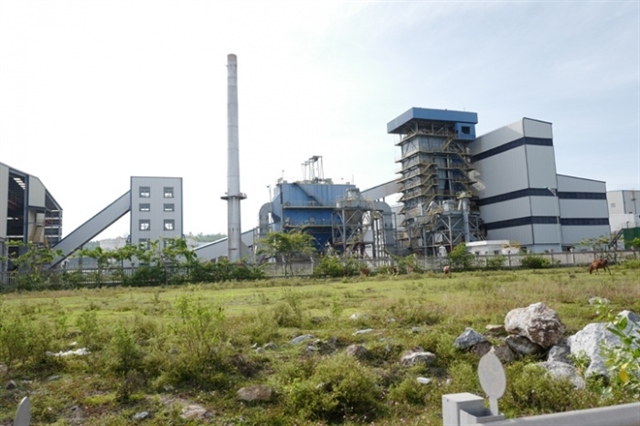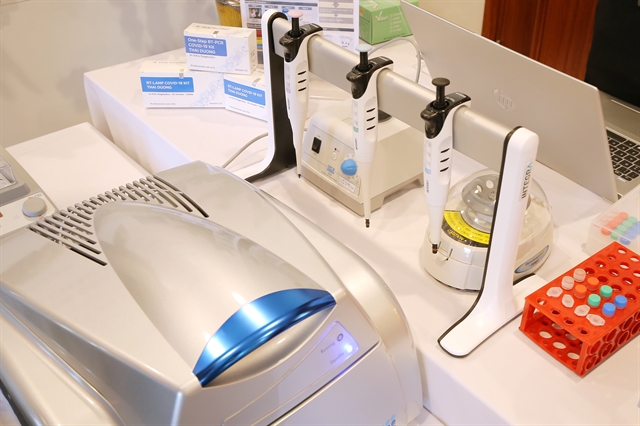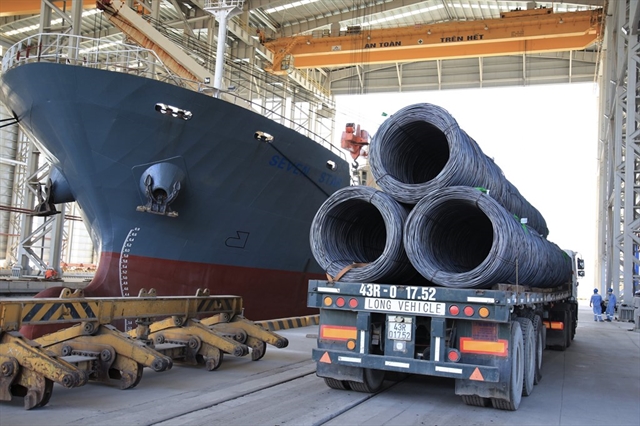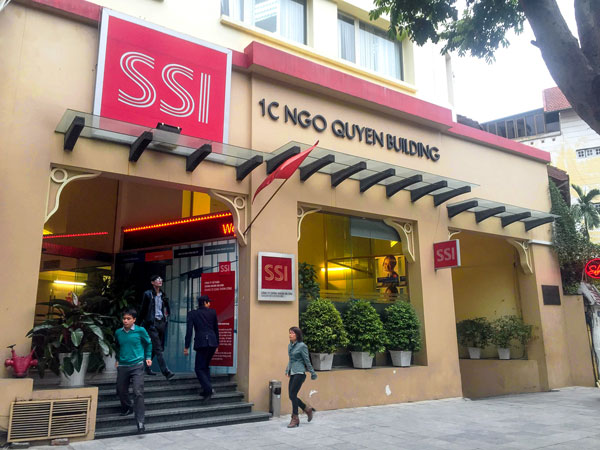
HÀ NỘI — Many commercial banks are proposing the central bank to extend credit growth limits as they have nearly reached the allowed threshold.
Nguyễn Đức Vinh, general director of VPBank, said the bank’s credit growth had so far reached more than 12 per cent, compared with the 13 per cent rate assigned by the State Bank of Việt Nam (SBV) for the bank in the whole of 2020.
VPBank had nearly reached its credit growth ceiling and was asking for an extension from the central bank, Vinh said, noting that VPBank’s outstanding loans had shifted to customers who were less affected by the disease since the beginning of this year.
Similarly, TPBank also announced at its annual general meeting of shareholders held recently that the bank’s credit rose by 11 per cent by the end of April 2020, meaning it has only 0.5 per cent of credit growth left for the remaining months of the year as assigned by the central bank.
TPBank therefore expected the central bank to extend its credit growth to 15 per cent this year.
Phạm Doãn Sơn, general director of LienVietPostBank, said his bank always had to control the credit growth to follow the SBV’s regulation. The bank must wait for a green light from the SBV to extend the credit room this year to decide whether or not to boost lending as its bank’s credit growth was about 5 per cent as of May, nearly half of the level assigned by SBV at the beginning of the year.
Banks explained this was the time to restore business operations as the COVID-19 pandemic had been almost controlled in the country, but when nearly reaching the credit growth limit, banks could not promote lending.
They said the extension of credit threshold at this time was necessary in the context of positive funding sources since people did not have any more effective and safer investment channels than depositing money at banks. However, deposit rates were on a downward trend. If there was no expansion of the credit growth limit, not only businesses, but also the banking system and the entire economy, would face trouble.
At present, exports were being affected by the pandemic, but the demand for investment and production of goods in the country was still high, so the actual demand for credit was still significant, banks said.
The SBV allocated credit growth limit for all credit institutions at 10.1 per cent, lower than the 13 per cent set earlier in the year due to the impact of the pandemic.
According to experts, though banks’ income from services has improved in recent years, 70-90 per cent of banks’ profits still have come from credit activities, so it is understandable that banks expected the SBV to extend the credit threshold.
Some experts argued that the credit growth room should not be loosened as it might cause inflation to return. Besides, considering the figures of credit growth and the gross domestic product (GDP) over the years, they said that high credit growth had not been in parallel with economic growth. For example, credit growth reached 18.25 per cent while economic growth reached 6.21 per cent in 2016. The rates were 18.28 per cent and 6.81 per cent in 2017; 13.89 per cent and 7.08 per cent in 2018; and 13.65 per cent and 7.02 per cent in 2019.
However, some agreed with the banks’ proposal to extend credit growth. Banking expert Nguyễn Trí Hiếu said he supported the proposal as it was better to accept inflation risks in return for maintaining economic growth, especially in times when many economies, including Việt Nam, were at risk of slowdown. — VNS












.jpg)


















